7 Crore+ Customers

Affordable Premium

7 Crore+ Customers

Affordable Premium



Imagine this: You are in a spanking new car, driving down to Goa with anticipation high, when suddenly, there is an endless string of cars at the toll booth. The excitement of the rides seems to die down.
But there's good news! The Indian government has launched FASTag, which has emerged as a revolutionised highway commuting method. It has been compulsory to use FASTag since February 16, 2021, and vehicles without this tag are charged twice the amount of toll tax.
This electronic toll collection system is an excellent idea for road trips, as annoying toll booth times are a thing of the past. Wondering how can you avail of FASTag for your car? Let’s define six easy steps to enter the fast line of carefree travelling.


FASTag is an electronic toll collection system with advanced technology introduced by the National Highway Authority of India. It uses Radio Frequency Identification (RFID) to facilitate the payment of tolls on national and state highways.
FASTag involves an RFID tag that is rechargeable and attached to a car's windscreen so that the toll fees can be deducted from an associated account every time the vehicle passes through tolls.
This contactless payment mode offers many benefits for drivers. It replaces cash, substantially shortening the time taken at toll stations. Besides saving time, it eliminates the need to come to a complete standstill for the tag to be read and the account debited, conserving fuel.
These tags are valid without any time limit; however, they will be non-functional if they are not readable or intact. FASTag's effectiveness and ease of usability signify a significant improvement in India's highway system.
FASTag is one of the contemporary ways of collecting tolls on India's highways, which was developed to enhance the operation of highways across the country's geographical territory. Here's how it works:
Seamless Transit: The toll gate rises due to the point card, and the vehicle is allowed to proceed without coming to a halt.
The National Highways Authority of India (NHAI) has made FASTags mandatory for all four-wheelers from February 15, 2021. (3)
Since December 2019, all lanes of national highways toll plazas have been declared “FASTag lanes,” Highways Minister Nitin Gadkari has announced that all vehicles must have FASTags or face specific penalties. (4)
An advantage of making FASTag compulsory is that the stress accompanying the need for the correct change in cash when using other toll booths would no longer exist. The importance of the FASTag card is highlighted by the points below:
The process of FASTag has been simplified and made affordable to meet the requirements of the vehicle owners. There are two primary methods to obtain your FASTag online:
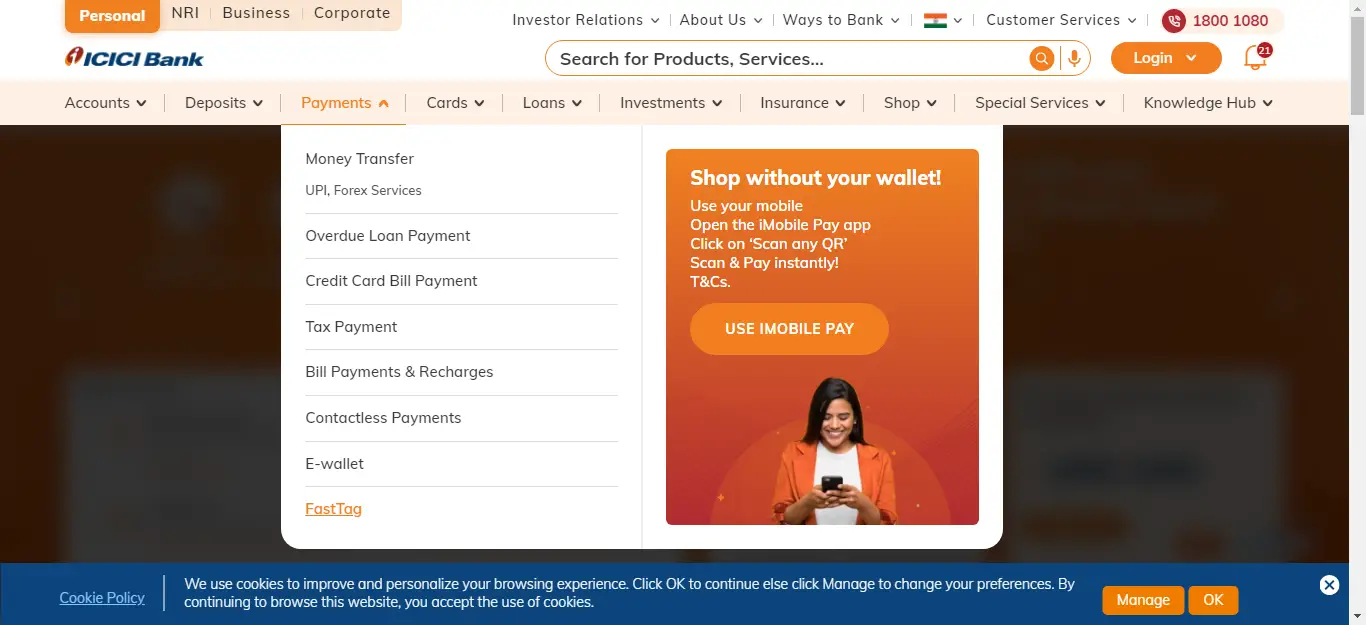
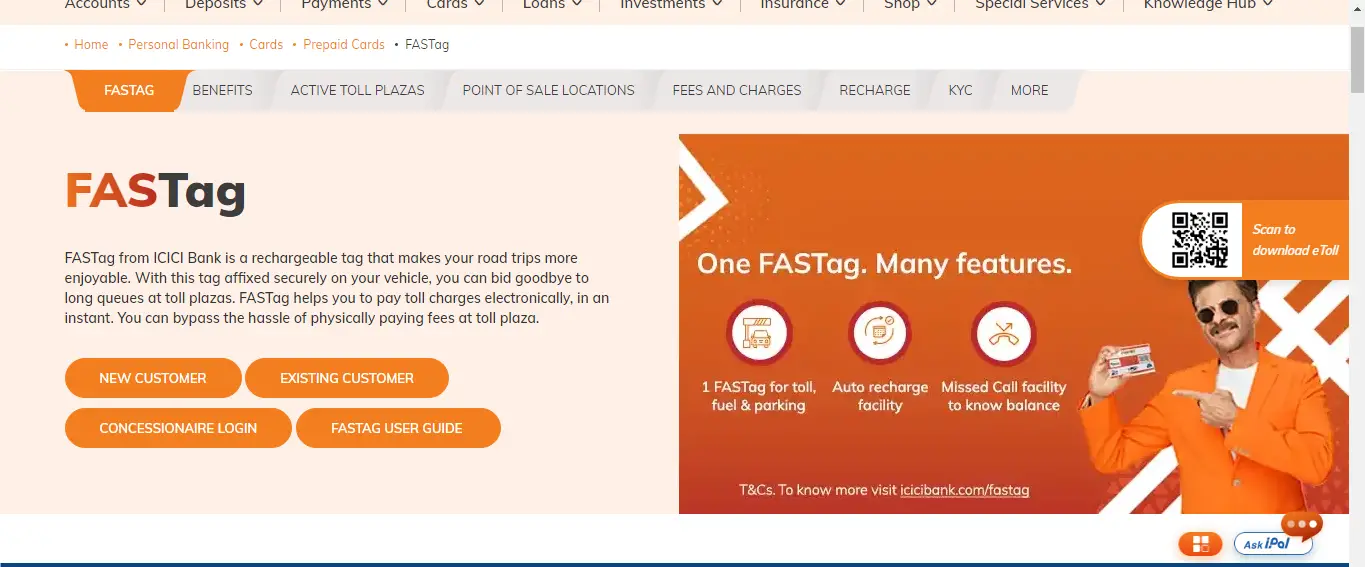
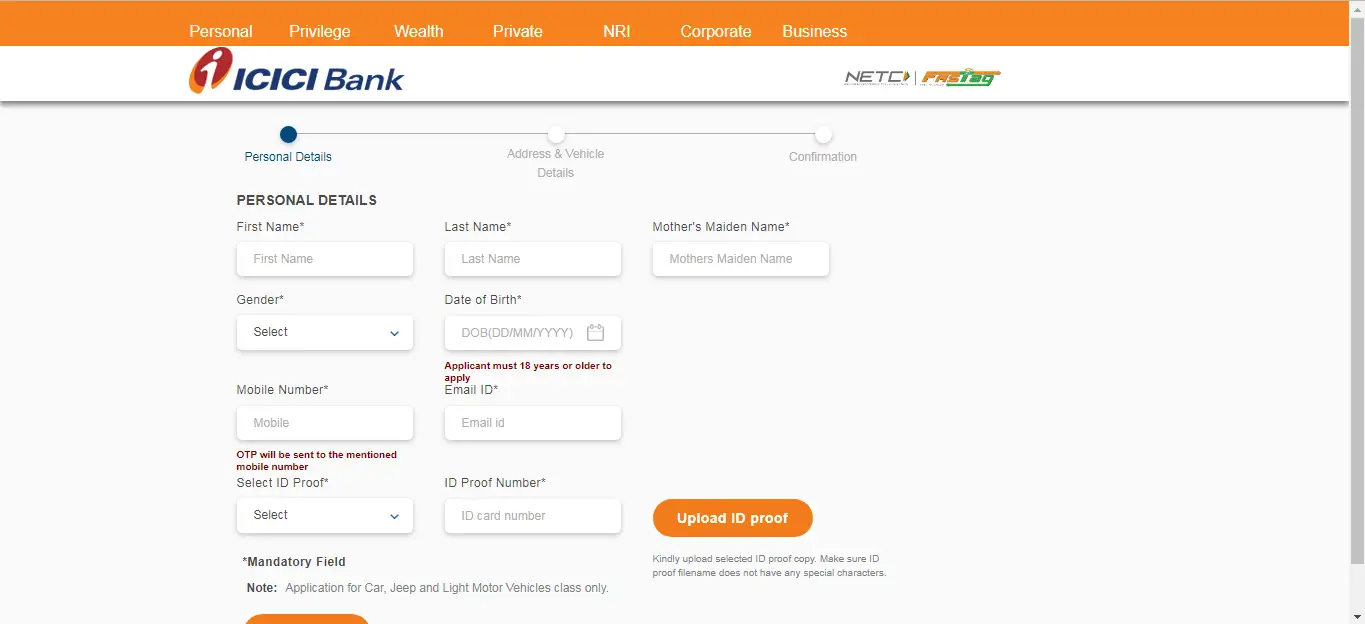
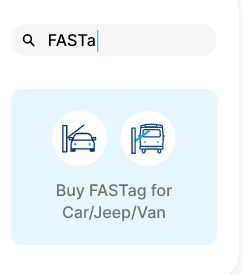
Enter the required information like car number.
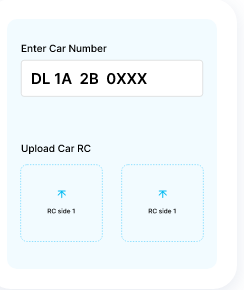
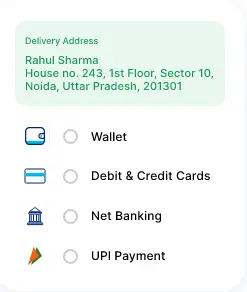
Notably, offline methods are easily accessible for those who like to be involved in the process or prefer using FASTag. Below are the different methods:
The documents required for obtaining a FASTag include specific documents showing proof of identity and vehicle ownership. This documentation helps optimise the distribution and deployment of FASTags in the national electronic toll collection system.
Essential Documents for the FASTag Application are as follows:
The breakdown of FASTag charges for various vehicles is provided in the table below:
In the event you avail the FASTag card from any of the 22 authorised banks or POS terminals, it will be activated beforehand.
Activation implies registering the card with your vehicle and a linked payment method. This payment method can be used in either a digital wallet or any bank account (savings or current).
If you purchase the card from Amazon, you will receive a blank FASTag sticker. Next, you will need to register the card with your vehicle and then add a payment method from your end once you receive it.
Activating your FASTag online is designed to be simple and effective, ensuring every driver can return to the road as soon as possible. This way, the users of the FASTag can be assured of its usability on India's highways.
Here's a guide to activating your FASTag online:
The FASTag account will be activated instantaneously and will be ready to use.
Here are the different convenient ways FASTag can be activated offline, according to the user’s needs and ease of interaction:
Given its positive aspects, FASTag has become a game changer in toll collection in India by providing convenience, time efficiency, and improved environmental impact.
Whether you wish to activate your FASTag through Internet banking or a registered/authorised customer service centre/office, the process is easy and hassle-free. Adopt this technology to have better road experiences on highways in India.